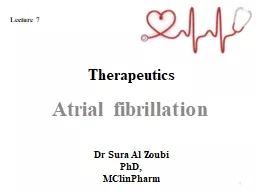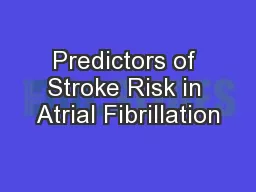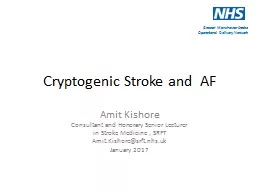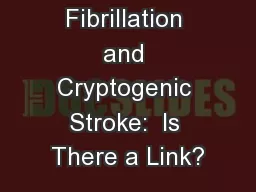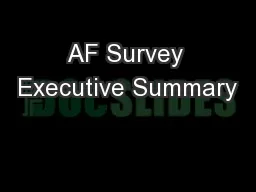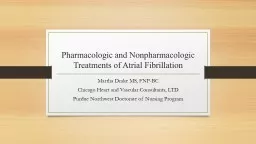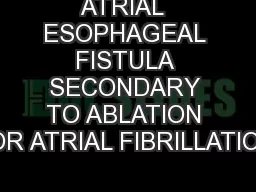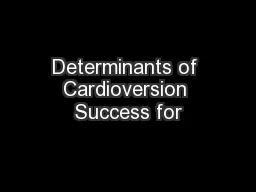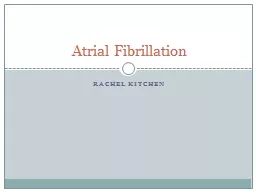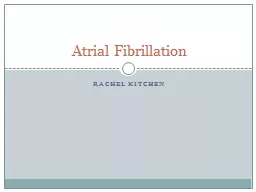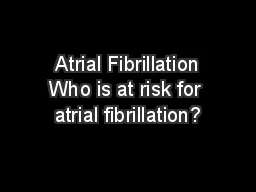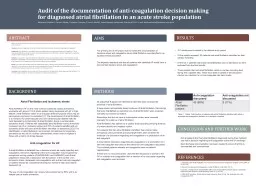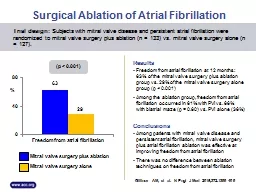PPT-Therapeutics Atrial fibrillation
Author : hazel | Published Date : 2022-02-16
Dr Sura Al Zoubi PhD MClinPharm Lecture 7 1 Pharmacotherapy A Pathophysiologic Approach 10e Chapter 18 The Arrhythmias 2014 AHAACCHRS Guideline for the Management
Presentation Embed Code
Download Presentation
Download Presentation The PPT/PDF document "Therapeutics Atrial fibrillation" is the property of its rightful owner. Permission is granted to download and print the materials on this website for personal, non-commercial use only, and to display it on your personal computer provided you do not modify the materials and that you retain all copyright notices contained in the materials. By downloading content from our website, you accept the terms of this agreement.
Therapeutics Atrial fibrillation: Transcript
Download Rules Of Document
"Therapeutics Atrial fibrillation"The content belongs to its owner. You may download and print it for personal use, without modification, and keep all copyright notices. By downloading, you agree to these terms.
Related Documents

